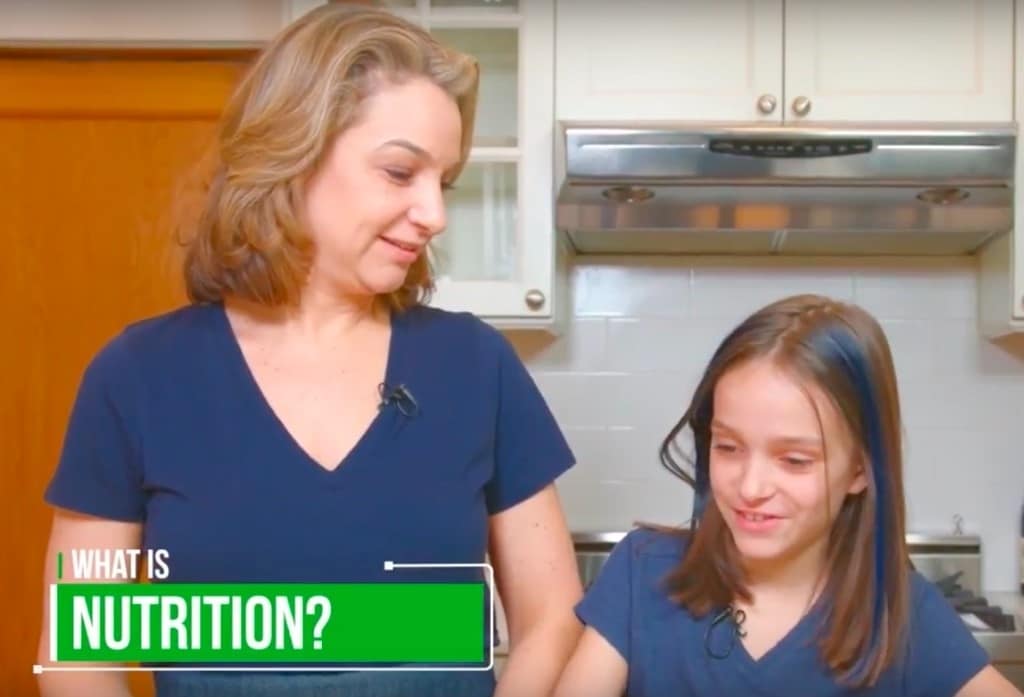Missing the sun these days?
With colder temperatures, cloudy days, and longer nights, it is likely that you are not only missing out on the sun, but on its special vitamin, too: vitamin D.
When skin is exposed to sunlight, vitamin D is created. In fact, for those who live in moderate climates, it appears that just 20-30 minutes of sunlight on a child’s hands and face 2-3 times per week will provide adequate vitamin D to that child.1 But with the widespread usage of sunscreen in the summer, with limited sunlight hours in the winter, for those who live in cold or cloudy climates year round, and for those with darker skin, it can be hard for many to receive an appropriate amount of vitamin D.
Why is this a concern?
Vitamin D is key for optimal health. It plays a role in helping the body absorb calcium in the gut, and also helps the body build and remodel bones. Without enough vitamin D, bones can become thin and fragile, while adequate vitamin D helps avoid rickets, osteomalacia and osteoporosis.2
Not only can vitamin D aid in optimal bone health, but vitamin D may also help keep your heart, blood glucose levels, and your mind happy.2-3 Some research shares that vitamin D may help lower blood pressure, and other studies reveal it may help lower insulin resistance.3 Need more reasons to get this special vitamin? Low vitamin D status is associated with various mood disorders, like depression, seasonal affective disorder and premenstrual syndrome.3 And, a high blood level of vitamin D is associated with a decreased risk of autoimmune conditions, cardiovascular diseases, some cancers and neurodegenerative diseases.3-4
Luckily, vitamin D is also found in foods like oily fish and fish liver oil. To a lesser extent, vitamin D can be found in egg yolks, sardines and mushrooms.5 But, if those foods are not eaten in a consistent fashion and if sunlight is not achievable most days, one can instead rely upon fortified foods (like fortified milk, yogurt, soymilk, and orange juice) and/or dietary supplements.
How to get more vitamin D
But not all foods, beverages, fortified foods and dietary supplements with vitamin D are created equal, so here are a couple of salient points for what you should look for when consuming vitamin D and how you can get more vitamin D weekly:
- Regularly consume oily fish, like salmon, mackerel, halibut, tuna, trout and whitefish, and fish liver oils like cod liver oil, as these contain a large amount of vitamin D. Experiment with a variety of different recipes to keep your fish choices exciting. Grill fish and enjoy served with vegetables, add fish overtop of green salads, toss the fish in a wrap or sandwich, or create fish tacos.
- Don’t ditch the egg yolks when scrambling, hard boiling, or baking. The vitamin D is loaded in the yolk!
- Complement your salads and sautés with sardines and mushrooms.
- Add canned sardines to your desk drawer, backpack, or purse for quality nutrition when you are on the go. Serve sardines with a sliced cucumber and hummus or whole grain crackers.
- Get savvy with supplemental sources. Know that vitamin D is a fat-soluble vitamin, which means that in order for the vitamin to be absorbed, it needs to be in the presence of fat. This means that if you consume a vitamin D fortified food or a vitamin D supplement without a source of fat (like orange juice or skim milk), that vitamin D may pass through unabsorbed or with limited absorption.
- Vitamin D is often added to margarines, but be careful and do not choose any margarine with the words “partially hydrogenated” listed in the ingredients, as this would contain unhealthy trans fats.
- Vitamin D can be found in fortified foods and supplements in two different forms, D2 and D3. Since vitamin D3 (cholecalciferol) is the active form of vitamin D, I recommend my patients look for this as their source of D in their fortified foods and dietary supplements. Why? Research reveals that at high doses, vitamin D2 is less powerful than D3.6
So are you getting enough D?
Ask your doctor to check your blood levels of vitamin D, and if it is low, get more sunlight, choose quality foods that offer a substantial amount of vitamin D, or supplement as necessary under the guidance of a qualified healthcare provider. The good news: come 2018, food manufacturers in the U.S. will be required to list the amount of vitamin D on their food labels, so you will know more about how much of it is in your food – and when you may need to supplement.










